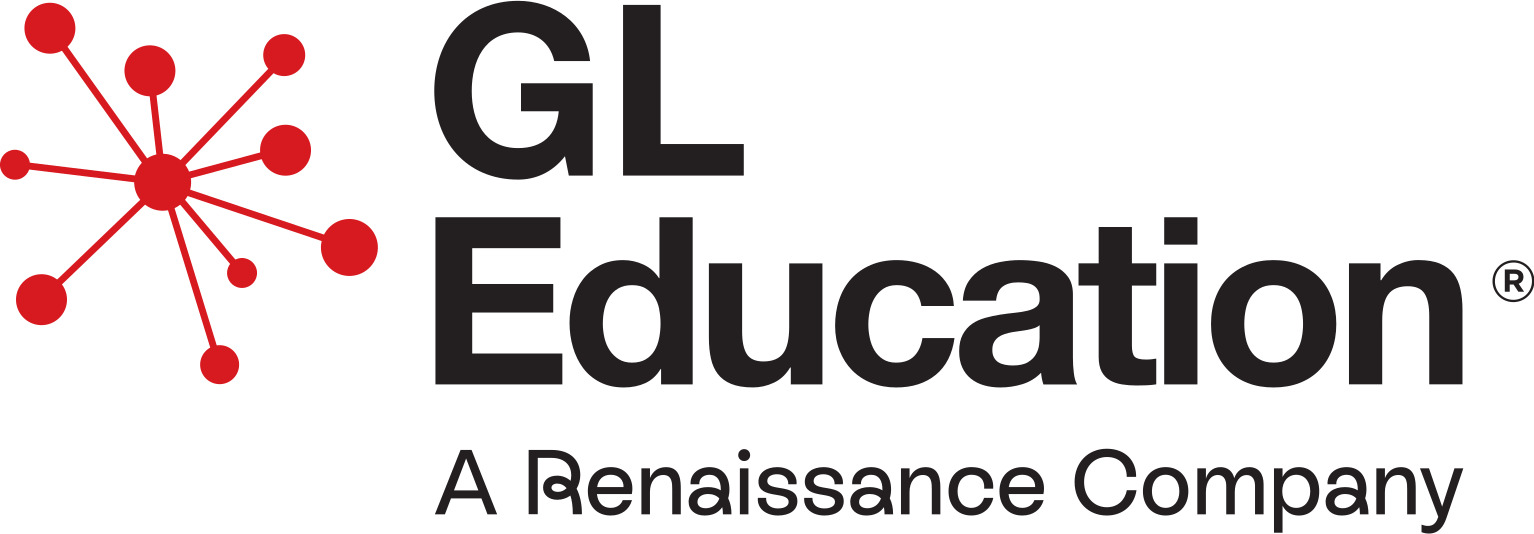Frequently Asked Questions
What does WellComm do?
It screens children for speech and language ability, often identifying problems before they become more serious, and provides activities to address them.
Who uses WellComm?
A very wide range of early years practitioners, teachers, SENCOs and Speech and Language Therapists (SLTs) across early years and primary settings. As it’s a complete package of screening and support it can be used effectively by anyone without speech or language expertise, such as teaching assistants. Parents can use the activities with their children at home too.
What do I get in the WellComm toolkit?
Everything you need to screen, generate results, and act on them! The WellComm toolkit includes The Handbook, The Little Book of Score Sheets and Rules, The Picture Book, The Big Book of Ideas (150 age-appropriate activities and strategies) and optional Online Report Wizard.
When is the best time to use WellComm?
Whenever you want to take a snapshot of the pupils in your care (such as on entry to primary school), or when you suspect a child of having underlying speech and/or language problems. You can also screen again as many times as you need to, to measure the impact of the interventions you’ve put in place.
Is WellComm suitable for use with EAL children?
Yes, because WellComm is a very visual test, it can be conducted with EAL children in their own language, so you can find out if any issues are actually down to a language barrier rather than developmental needs.
How do I decide whether referral to SLT services is needed?
Red indicators in the traffic light reports flag which children may benefit from SLT support. Children with amber indicators can be helped initially by school-based interventions to see if they improve without external support. In this way you know which children most urgently need help. Where you do apply for SLT services, WellComm’s reports support the referral process.

